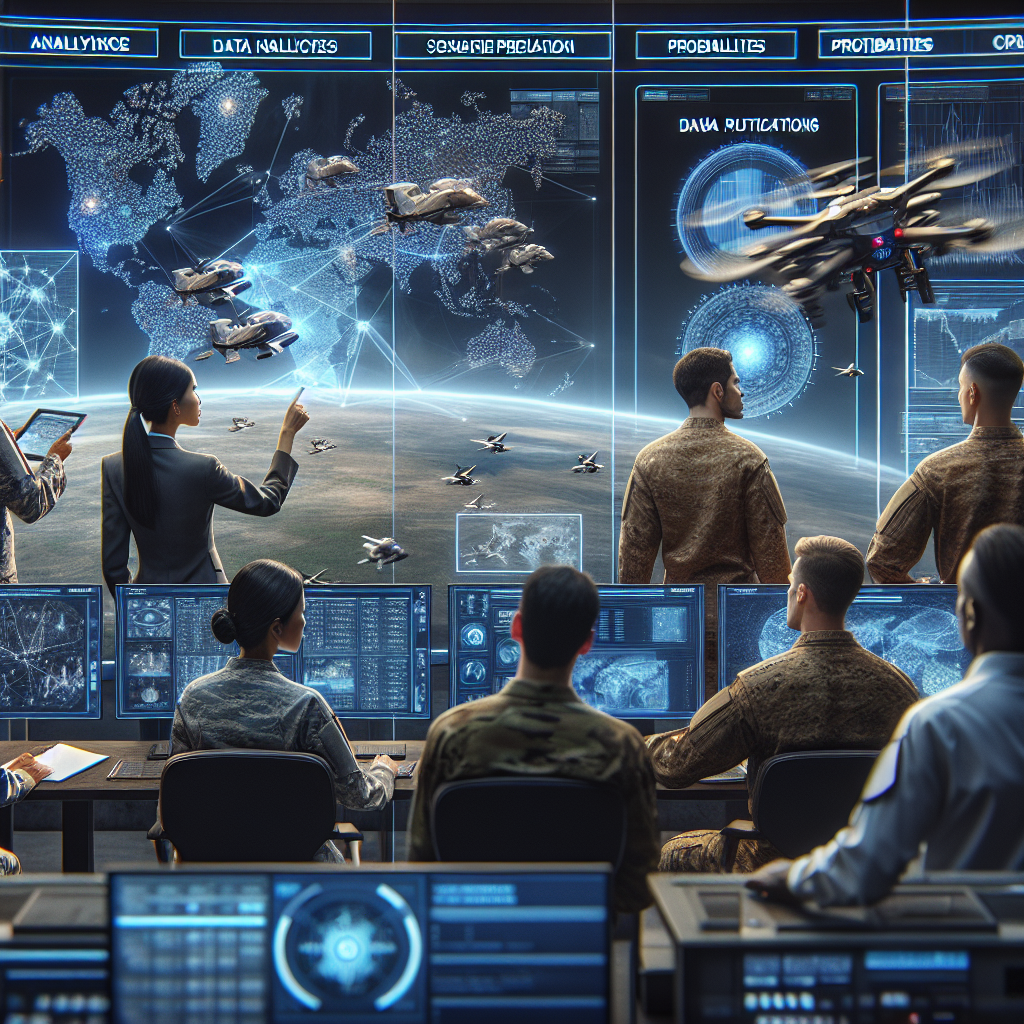AI Transforming Military Strategy Today
In 1991, the Gulf War introduced military strategists to the overwhelming synergy of precision-guided missiles and satellite surveillance. Now, artificial intelligence (AI) is delivering a similar paradigm shift—but with digital intelligence leading tactical, strategic, and operational decisions. AI transforming military strategy today is not a buzzword; it’s a reality reshaping defense systems across the globe.
From Calculators to Combat: The Evolution of AI in Defense
Militaries worldwide have long leveraged automation—from WWII-era codebreakers to Cold War-era missile defense simulations. Today, however, AI’s role surpasses assistance to become a virtual decision-maker. By processing massive data sets from satellites, drones, radar systems, and even social media, AI algorithms can predict enemy movements, analyze battlefield topographies, and suggest counteroffensives faster than any human command center.
Key Areas Where Artificial Intelligence is Reinventing Warfare
1. Real-Time Surveillance and Reconnaissance
AI-powered systems can now identify objects, track vehicles, and distinguish between civilian and hostile units in real time. Drones equipped with AI can autonomously patrol borders or hostile zones, reducing the load on personnel and minimizing human error.
2. Strategic Decision Making
The introduction of AI into war games and simulations allows defense departments to model thousands of strategic possibilities within seconds. This includes modeling troop movements, enemy responses, and terrain challenges, helping commanders make better-informed decisions with limited resources.
3. Cyber Defense and AI-Driven Threat Detection
As cyber warfare intensifies, AI is becoming a crucial guardian of military networks. AI algorithms can detect unusual patterns indicating cyber attacks, allowing cybersecurity teams to respond instantly. In many cases, machine learning models can even predict vulnerabilities before they’re exploited.
4. Autonomous Weapons Systems
While ethical debates swirl, AI-enabled weapons like unmanned tanks, underwater drones, and smart missiles are already incorporated into modern arsenals. These weapons systems can identify and engage targets independently, increasing precision while reducing collateral damage—though this remains a controversial application of AI.
Challenges in the AI Arms Race
Despite its benefits, AI’s growing role in military strategy raises significant concerns:
- Reliability and Accountability: What happens when an autonomous system makes the wrong decision?
- Security Risks: AI systems are vulnerable to adversarial attacks and spoofing.
- Ethical Dilemmas: Delegating lethal decision-making to machines raises human rights and moral considerations.
Nations and institutions are actively shaping governance frameworks around the ethical deployment of AI in warfare. Organizations such as NATO and the United Nations are already discussing agreed-upon uses and rules of engagement to prevent future AI-driven conflicts. Learn more about the threats and possibilities from trusted sources like Brookings on ethical AI use in war.
The Future Battlefield: AI at the Tactical Forefront
As AI continues evolving, militaries will shift from using it as a support tool to making it a core component of defense strategy. Algorithms will analyze enemy narratives on social media for psychological warfare, autonomous submarines will map underwater mines, and AI-rooted logistics will anticipate battlefield needs before they arise.
AI transforming military strategy today is not just shaping how wars are fought—it’s redefining who fights them, how decisions are made, and what future peacekeeping might look like. Amid the innovation, global leaders must tread carefully, ensuring technology enhances security without compromising human oversight and ethical responsibility.

